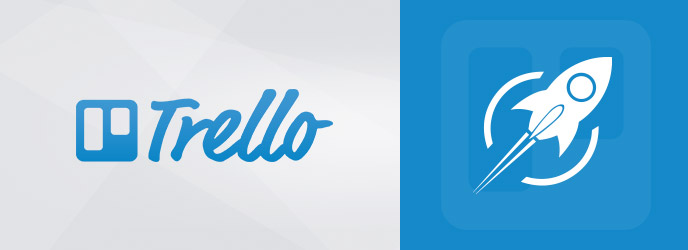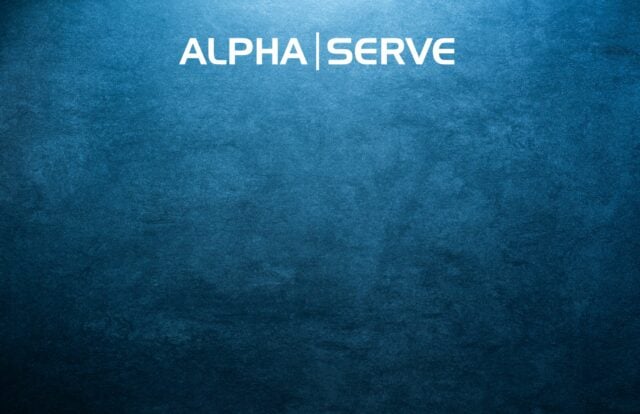Working on the Valiantys Marketing team is like being part of a well-oiled machine. We use Jira to track the different steps of our projects, which clarifies the processes and who is responsible for doing which tasks. As the Content Manager, I use Jira to manage blog contributions from certified Atlassian consultants across nine international locations, from Boston to Rotterdam. I’m continuously inspired by Valiantys’ collaboration and teamwork.
Given my line of work, there’s a certain irony that, up until recently, there was a dissonance between how I ran my life at home and at work. While trying to manage your personal life with the enterprise-ready tool Jira is the equivalent of killing a fly with an atomic bomb, there’s another Atlassian tool more suited for smaller teams: Trello. Recently, the concept of Agile families has been gaining traction, which I find understandable given that I can see how teams are truly empowered within the Atlassian ecosystem. I therefore decided to start my own journey to align my personal life with better productivity strategies.
The mental load: It all adds up
At the end of my workday, I’d scramble to get done all the day-to-day tasks of “adulting”: Remembering to pay bills on time, figuring out what we are going to eat for the week, finding time to fit in that parent-teacher conference, canceling that insurance plan we no longer need, remembering to treat the cat for fleas on a monthly basis, etc. I’ll admit that on more than one occasion I’ve had a text message marathon back and forth with my husband to manage our organization or something slipped through the cracks.
This activity of organizing and planning everything that needs to be done to manage your life along with those who are dependent on you is known as the mental load. Coming upon this term was a lightbulb moment for me. At home I see myself as “wife” or “mom” but in fact I’m also “project manager.” I immediately thought of Julie, the project manager on our Marketing team. She is one of the most organized and efficient people I know. Even with the regular Jira notifications, I’m incredibly grateful for the part she plays in helping move our projects through the pipeline. I imaged if Julie stopped using Jira and started organizing our teamwork via last-minute text messages and sticky notes.
Maybe the mental load can be more collaborative with better visibility.
A different approach to the mental load: People, processes, tools
In a previous article written by our General Manager in Canada, Pierre Belanger, he defined aligning people, processes and tools as critical to implementing a successful IT Service Management strategy. I believe the same is true for your most important team – the one you have at home.
Aligning your people
In the technology sector there is an entire movement to break down the silos between different teams, which is known as DevOps. At the core it doesn’t focus on tools or processes as a silver bullet, rather it is a cultural shift in opening the channels of communication. While this article doesn’t focus as much on the psychology behind teamwork, getting the people element down is the most important aspect. Instead, I’ll refer you to the TED talk below by Bruce Feiler, an expert in using techniques of agile software programming to improve teamwork in families. The video is just under 20 minutes, but it is worth the time:
Defining your process in Trello
There’s a lot of different ways you can break down your to-do lists in order to make them more Agile. Trello’s blog has an entire section on different ideas for workflows, so I’d recommend checking it out.
Personally, I decided to modify the “Getting Things Done” framework, which is detailed here. Essentially I’ve broken down my lists into the following categories:
- Inbox: This is where all incoming tasks are stored. I can do this on Trello’s mobile app if something comes to mind while I’m out and about, or I can even email a card directly to this list (see tip #10 here).
- One step projects: These are the projects that are quick to complete as they only contain one task that doesn’t require coordination with anyone else.
- One step projects – repeating: These projects are reoccurring on a regular basis.
- Work in Progress: These are projects that take more coordination to complete.
- Waiting for: The project’s activities are waiting for an outside factor to move it forward.
- Done: Completed projects.
- Things we aren’t doing but probably should: I could rename this backlog, but I like the ring to this title. In all honestly, there are only 24 hours in the day and we can’t get to everything. This list aggregates these projects until we have the time to further address them.
The result is my board looking something like this:

Using Trello and Power-Ups
Trello is one of the most popular productivity tools out there, as it is easy to configure and intuitive to use. You can easily add lists, cards, due dates and tag the members of your team who are involved in those tasks. Within the cards you can add comments and attachments, so conversations relating to the task are located all in one spot (which is a much better system than a stream of text messages) and important documents can be added to the card to ensure they don’t get lost.
However there are a couple of apps, also known as Power-Ups, that can assist to automate the mental load for some of these tasks. There are many of Power-Ups available to help you achieve your goals and you can determine your own combination of Power-Ups needed for your board. Here, I’ll focus on the ones I use regularly.
Card repeater
The Card Repeater Power-Up allows you to repeat regular tasks on a daily, weekly, monthly, or annual basis. For example, take remembering that you need to make a dentist appointment every year. I’ve added the task under the “One Step Projects: Repeating” list. When I open the card I can set the duration for the task. I defined that I’d like the task to be repeated every year at the beginning of March. When the repeat date rolls around, a copy of this card will be added to the top of my “One-Step Projects” on the left. I’ve also added a label to remind myself of the frequency of each repeating card.

Card Aging and Card Snooze Power-Ups
Before adding these Power-Ups my board would become a bit cluttered with cards that weren’t getting done. With the Card Aging Power-Up, it’s easy to spot which tasks are not getting attention. Cards will fade in increments of 1, 2 and 4 weeks.
If it’s not an urgent task, these faded cards can be moved to the backlog. Personally, I like having visibility over all the cards that aren’t in the pipeline. Another alternative to the backlog list is to use the Card Snooze Power-Up. I can choose to snooze the card and it will be archived from the board – leaving me to focus on the tasks that I actually can do – and when the time comes the card will instantly reappear on the board.

This is the heart of how I keep track of all the projects in my personal life, however I also have boards to keep track of budgeting, grocery shopping and planning activities. For these other boards, I use Butler to perform frequent actions in one click without needing to create any code. It is a broad subject which will be discussed at a later date, but I highly recommend playing around with the Power-Up if you are using Trello.
We’d love to hear how you are using Trello, so don’t hesitate to leave us a comment below!
Contact Us



